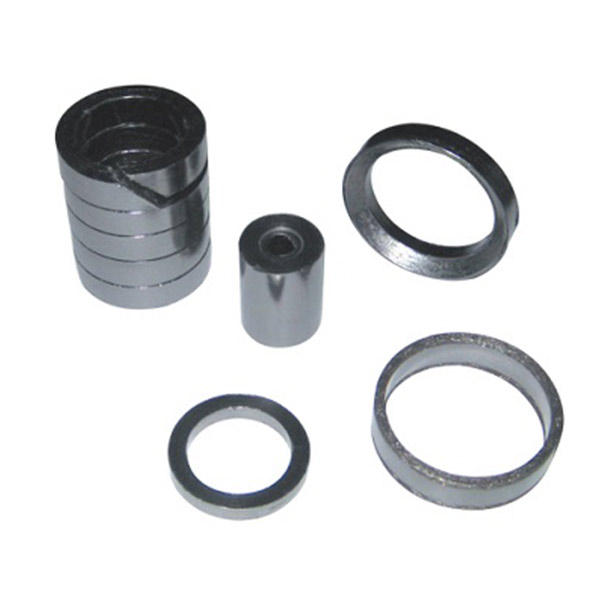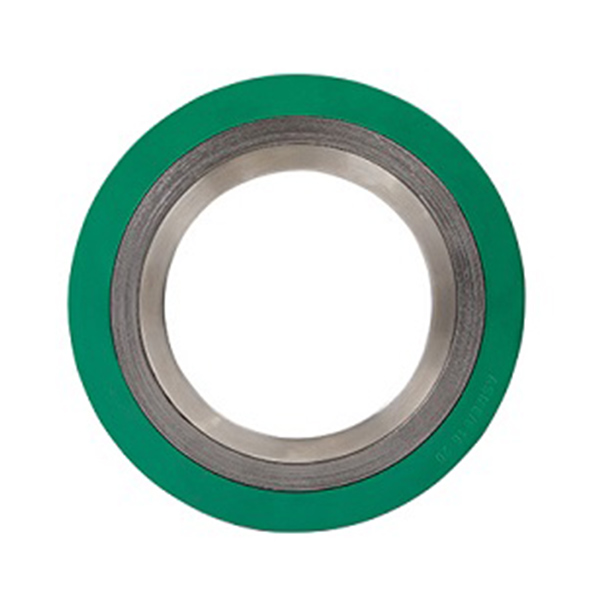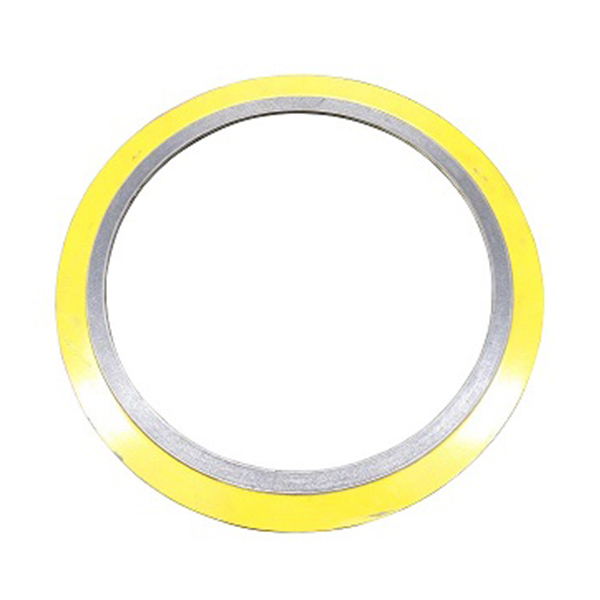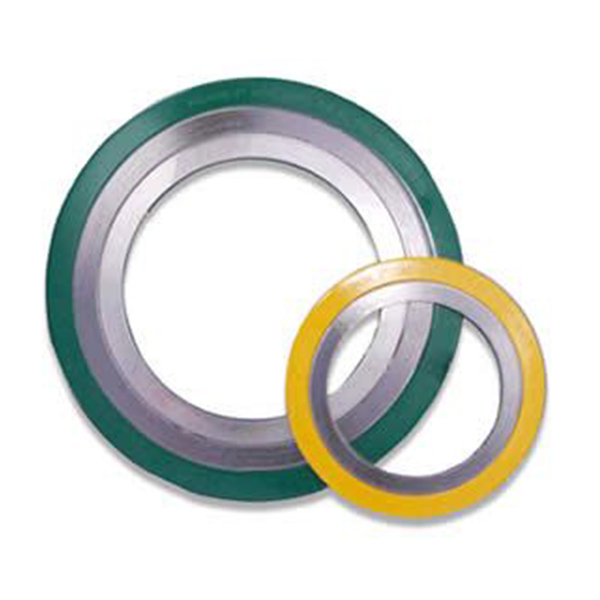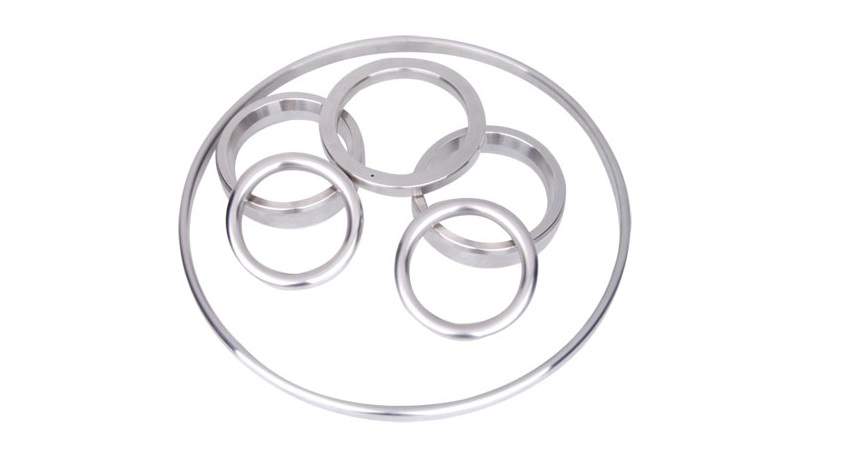Die-formed Graphite Ring
What is a Die-formed Graphite Ring?
A Die-formed Graphite Ring is a high-performance sealing component manufactured through a precise die-forming process, which involves compressing high-purity graphite materials into specific shapes using custom-designed dies. This method ensures uniform density, excellent dimensional accuracy, and enhanced mechanical properties, making these rings ideal for demanding applications in industries such as chemical processing, oil and gas, power generation, and aerospace. Unlike molded or machined graphite rings, die-formed versions offer superior consistency and reliability due to the controlled compression during production.
Key Features and Benefits
- High Temperature Resistance: Capable of operating in temperatures up to 3000°F (1650°C) in non-oxidizing atmospheres, ensuring stability in extreme environments.
- Excellent Chemical Inertness: Resistant to most acids, alkalis, and solvents, providing long-lasting performance in corrosive settings.
- Low Friction and Self-Lubrication: Graphite's inherent lubricating properties reduce wear and energy consumption in dynamic applications.
- Customizable Shapes and Sizes: Die-forming allows for precise customization to fit unique machinery requirements, improving seal effectiveness.
- High Thermal Conductivity: Efficient heat dissipation prevents overheating and extends the lifespan of adjacent components.
Product Parameters and Specifications
Below is a detailed table outlining the standard parameters for our die-formed graphite rings. These specifications can be tailored based on customer needs, ensuring optimal performance for specific applications.
| Parameter | Standard Value | Units | Notes |
|---|---|---|---|
| Material Grade | High-Purity Graphite (99.9% carbon) | - | Can include additives for enhanced properties |
| Density | 1.75 - 1.85 | g/cm³ | Ensures structural integrity |
| Compressive Strength | 80 - 100 | MPa | Varies with graphite grade |
| Flexural Strength | 40 - 60 | MPa | Indicates resistance to bending |
| Thermal Expansion Coefficient | 4.0 - 6.0 x 10⁻⁶ | /°C | Low expansion for thermal stability |
| Maximum Operating Temperature | 1650 | °C | In inert or reducing atmospheres |
| Hardness (Shore) | 50 - 70 | - | Provides durability without brittleness |
| Porosity | < 15% | - | Minimized for better sealing |
Applications of Die-formed Graphite Rings
Die-formed graphite rings are versatile and used across various sectors due to their robustness and adaptability. Common applications include:
- Sealing Systems: Used in pumps, valves, and compressors to prevent leakage of fluids and gases under high pressure and temperature.
- Heat Exchangers: Serve as gaskets or seals in high-temperature heat exchangers, ensuring efficient thermal transfer.
- Industrial Furnaces: Act as insulating components or seals in furnace doors and flanges, resisting thermal shock.
- Aerospace and Automotive: Employed in engines and propulsion systems where lightweight, heat-resistant materials are critical.
- Chemical Processing: Ideal for reactors and piping systems handling corrosive substances, thanks to their chemical inertness.
FAQ: Common Questions About Die-formed Graphite Rings
What is the primary advantage of die-forming over other manufacturing methods for graphite rings?
Die-forming provides superior density uniformity and dimensional accuracy compared to molding or machining, resulting in more reliable seals with consistent performance under stress.
Can die-formed graphite rings be used in oxidizing atmospheres?
No, graphite oxidizes at temperatures above 400°C in air. For oxidizing environments, these rings require special coatings or must be used with protective atmospheres to prevent degradation.
How do I select the right size and grade for my application?
Consider factors like operating temperature, pressure, chemical exposure, and dynamic vs. static conditions. Consult with our technical team for personalized recommendations based on your specific requirements.
Are these rings reusable after exposure to high temperatures?
Yes, die-formed graphite rings often maintain their integrity after thermal cycles, but inspection for cracks or wear is recommended before reuse to ensure safety and performance.
What maintenance is required for die-formed graphite rings?
Minimal maintenance is needed due to their self-lubricating nature. Regular checks for wear, proper alignment, and clean installation surfaces can prolong their lifespan.
Can custom shapes be produced, and what is the lead time?
Yes, we offer custom die-forming for unique shapes. Lead times typically range from 2-4 weeks, depending on complexity and order volume.
How does porosity affect the performance of these rings?
Lower porosity reduces permeability, enhancing sealing capability. Our die-formed rings have controlled porosity (<15%) to balance strength and impermeability.
What are the storage conditions for die-formed graphite rings?
Store in a dry, cool place away from moisture and direct sunlight to prevent oxidation or physical damage before installation.
- View as
